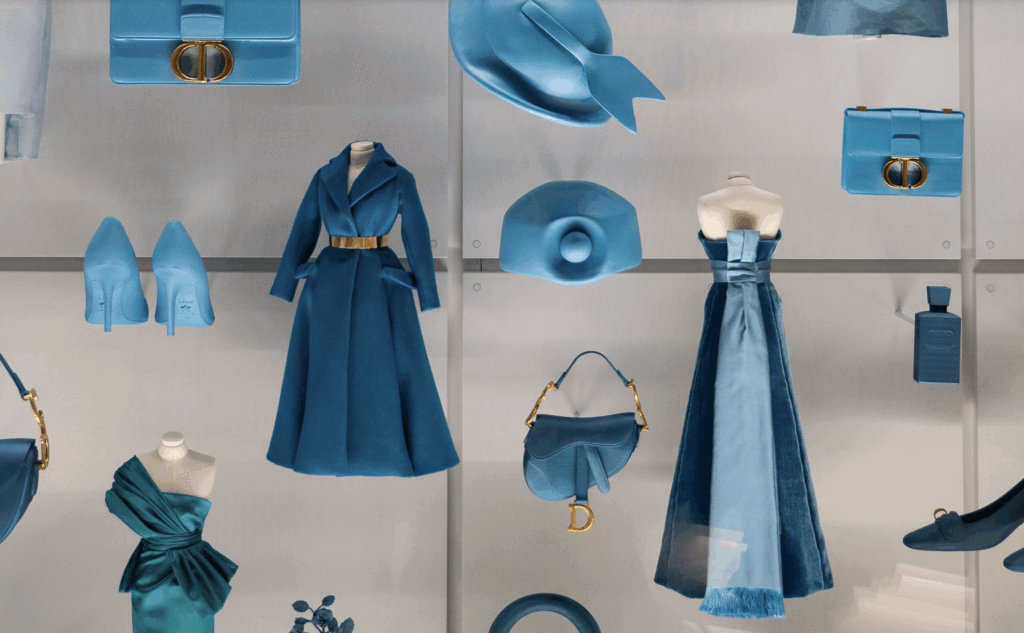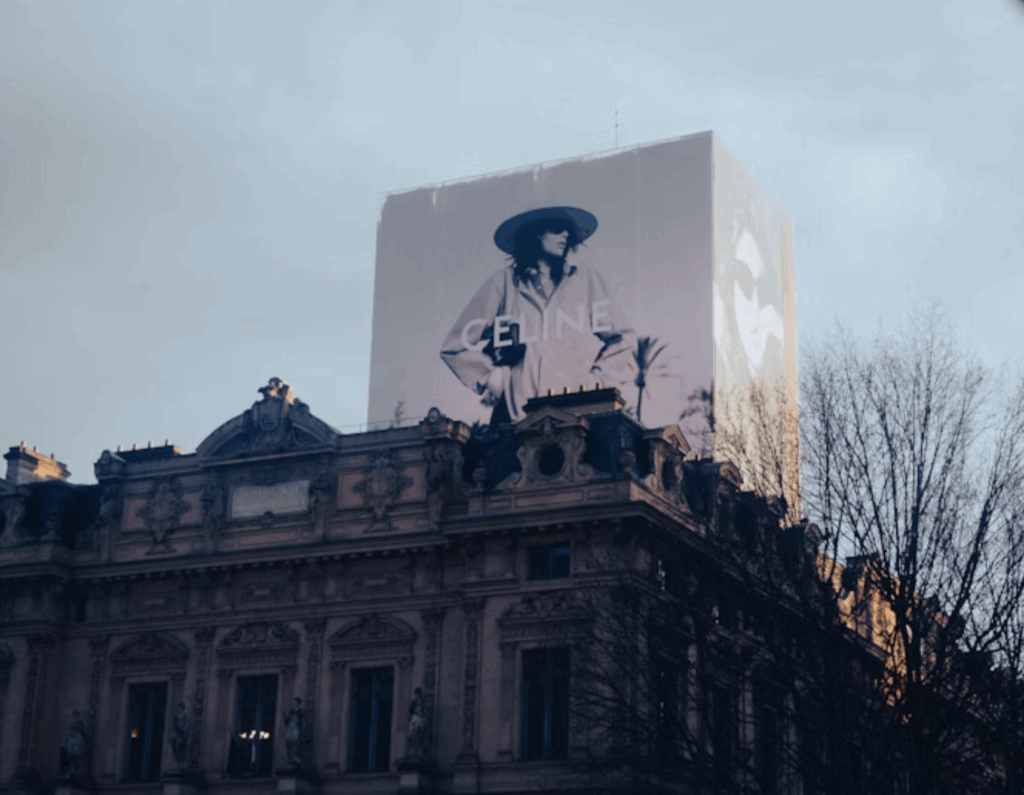“Amazon is not synonymous with high fashion yet, but the company may be poised to lead the way when it comes to replacing designers with artificial intelligence (“AI”) algorithms,” Will Knight wrote for MIT Technology Review in 2017. Fast forward to 2020, and Amazon still is not rivaling the likes Prada and Chanel, but in furtherance of its “characteristically algorithmic approach” to retail and given its well-established ambitions to dominate virtually all aspects of the consumer goods market, including fashion, it is working on machine learning-driven endeavors, such as “an algorithm that learns about a particular style of fashion from existing imagery” and uses that information to generate new items in similar styles.
Knight noted that back in 2017 that Amazon’s fashion design-specific AI initiative – a program that creates garment designs (by way of a tool called generative adversarial network) that can then be physically manufactured by humans – was still in early stages at the company’s Sunnyvale, California-based research and development hub, Amazon Lab126. In other words, the technology was hardly ready to turn out fashion designs that the $1 trillion e-commerce titan could add to its sweeping marketplace site, but assuming that the it does, in fact, get to that point (and even if it does not), the technology – and other initiatives in much the same vein – raises some interesting questions, a couple of which center on creation and ownership, namely: who actually created these designs, and thus, who maintains legal rights in them?
The latter question has an relatively straightforward answer, as presumably, any creation that happens under the roof of any of Amazon’s various labs belongs to Amazon. That is the reality that follows from commonplace employment provisions, which routinely state that an employer, such as Amazon, owns any of the intellectual property that its employees create during the normal course of their employment.
While that aspect of the equation has a rather bright line rule in place, the other – arguably much more interesting – question asks: Who (or what) is the creator of the garments at play? Is it the AI behind the algorithm? If we consider this question from one particular legal perspective, it is one that the United States Patent and Trademark Office (“USPTO”) recently considered and issued a decision on when it rejected a patent that named a machine as the inventor. Called DABUS, which is short for “Device for the Autonomous Bootstrapping of Unified Sentience,” that machine is technically an AI system that contains two artificial neural networks (just like Amazon’s fashion design program).
Created by materials scientist Dr. Stephen Thaler, DABUS works a little something like this: One of its two artificial neural networks is trained with general information to generate novel ideas and inventions. Those ideas/inventions are then tested against the second artificial neural network, which judges to determine whether they are actually novel or not, and generates a response, which is then used to “form and ripen ideas that have the most novelty, utility, or value.”
As a result of this process, DABUS has created an array of things – from the design of a food container to various technical processes – for which Dr. Thaler has filed patent applications. One such application was filed in July 2019, and it sought a patent for (and the corresponding exclusive rights in) an invention titled, “Devices and Methods for Attracting Enhanced Attention.” The sole inventor listed on the patent application was DABUS, which led the USPTO to refuse to award a patent on the basis that U.S. patent law requires that an inventor be a natural person, and thus, an artificial intelligence entity does not fit the bill.
In a decision written by Robert Bahr, Deputy Commissioner for Patent Examination Policy, and issued in late April, the USPTO asserted that interpreting patent inventors “to encompass machines would contradict the plain reading of the patent statutes that refer to persons and individuals.”
While the highly-covered decision clearly takes AI inventors like DABUS and Amazon’s AI fashion designers off of the table when it comes to patent protections (assuming any of Amazon’s fashion design would even be eligible for design patent protection, that is), it leaves a number of other issues up for debate. According to Rothwell Figg’s Jennifer B. Maisel, who specializes in the intersection of artificial intelligence and the law, the USPTO’s decision “leaves open the possibility of naming a human inventor [in connection with such an AI-created invention].”
In the matter at hand, “the USPTO has not made any determination concerning who or what actually created the invention claimed in the application.” It merely held that it an inventor must be a “natural person” – whether that be a scientist like Thaler or a real-live fashion designer.
Possibilities abound, according to Maisel, who states that “there are a number of ways a natural person can contribute to the conception of an AI invention, such as: developing techniques for obtaining and formatting training data, selecting the AI system for a task, obtaining inputs, utilizing the outputs of the AI system, designing the algorithm used by the AI engine, or applying new training data obtained in an inventive manner to an AI engine.”
As for how this will play out, it will be interesting to see and will likely be a topic that is revisited as AI is increasingly utilized in industries across the board, particularly as the likes of Amazon and co. continue to make inroads in the space.














